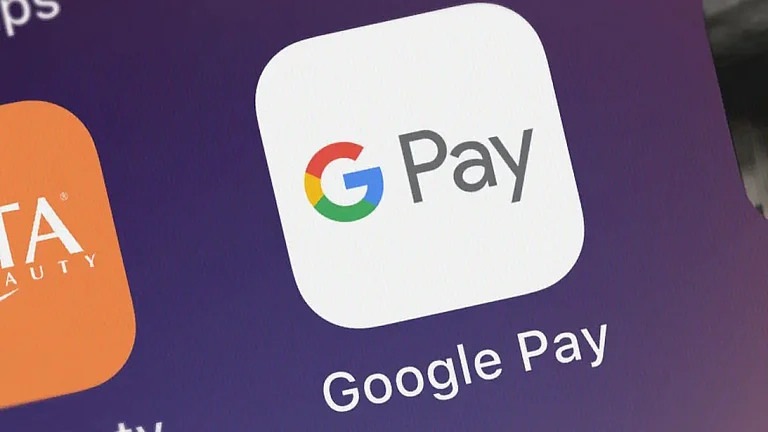India is gearing up to make a large push to introduce more individuals into its digital payment system, the Unified Payments Interface (UPI). The goal is to bring on board 200 to 300 million new users, particularly those who continue to use cash for everyday transactions.
According to Dilip Asbe, the CEO and Managing Director of the National Payments Corporation of India (NPCI), in a news article published by Bloomberg, the intention is to "break the cash memory" of consumers by simplifying digital payments for all, including children and domestic workers who could be without bank accounts. NPCI intends to permit delegated accounts for such users, enabling more people to utilise UPI.
Over the past five years, UPI has revolutionised the way more than 450 million Indians make payments. Whether it is purchasing a cup of tea or booking a vacation, users can make payments from their bank accounts without needing a single physical transaction instrument, just using their smartphone. The majority of payments are made through scanning QR codes, and as of now, users do not need to pay any additional charges for using the platform.
UPI is popular not only in India. Globally, as per PwC, around 46 per cent of total digital payments worldwide are processed using UPI. Digital payments in India have increased almost 90 times over the last 12 years, with UPI at the forefront.
To further make the system more user-centric, NPCI is in the process of incorporating additional features. According to Asbe, Bloomberg was informed that they are in the process of developing multilingual and chat-based features so that individuals can communicate with UPI in various languages. They are also developing the technology of vision recognition, which can be applied to simple things such as paying for parking.
NPCI is also looking at how credit access can be enhanced through UPI. Currently, small loans are available on the platform. In future, UPI can assist banks in determining whether an individual qualifies for a loan based on payment history. This can also facilitate the process of loan repayments.
Simultaneously, India is attempting to popularise UPI in other nations. Indian embassies are facilitating the promotion of the platform internationally, and the Reserve Bank of India is negotiating with a number of countries to extend its influence.
But even as UPI expands, a question is arising, should users be charged a fee to make digital payments? This issue revolves around the Merchant Discount Rate (MDR)—a tiny fee banks charge merchants to process digital payments. UPI previously had a 0.3 per cent MDR, but the government abolished it in 2020 to incentivise more people to use the platform.
To compensate for this, the government provided merchants with incentives to offset their expenses. But these incentives have decreased—from 36 billion rupees in 2024 to only 15 billion rupees in 2025. Most industry associations now demand the transaction fee to come back.
This could slow down UPI’s growth. A LocalCircles survey found that 73 per cent of users (out of 32,000 respondents) would stop using UPI if they had to pay a fee for making digital payments.
India's ambitious and vision-oriented plan to scale up UPI is admirable. But as it aims to reach more individuals and go international, it will also have to find a solution to keep the system efficient without shutting users out with additional fees.










